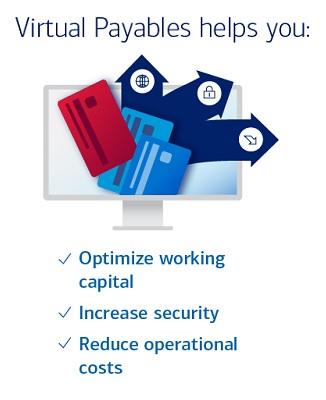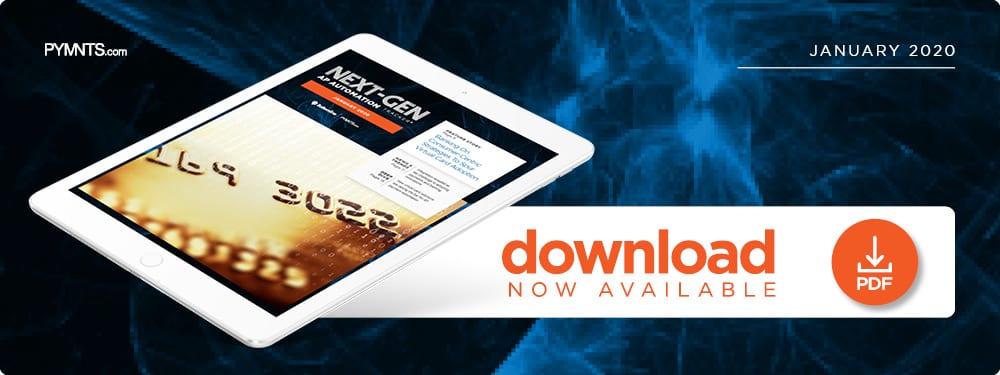In an era where digital transactions dominate the financial landscape, the rise of virtual cards has emerged as a transformative force, reshaping the way consumers and businesses manage their spending. As we journey deeper into the digital age, the demand for secure, convenient, and efficient payment solutions has skyrocketed, paving the way for a boom in virtual card usage. These digital counterparts to traditional credit and debit cards offer more than just a modern alternative; they unlock a myriad of opportunities for enhanced financial control, robust online security, and streamlined budgeting.
In this article, we will explore the driving factors behind the virtual card trend, the unique advantages they present, and how individuals and businesses alike can capitalize on this burgeoning phenomenon. Join us as we delve into the world of virtual cards, revealing how this innovative payment method is not just a fleeting trend but a cornerstone of the future of financial transactions.
Exploring the Growth of Virtual Cards in the Digital Economy
The rise of virtual cards signals a transformative shift in how consumers and businesses manage digital transactions. Agility and security are at the forefront of this transformation, appealing to both tech-savvy individuals and enterprises seeking quick, flexible payment options. As online shopping continues to surge, the demand for virtual cards that provide a layer of anonymity and protection against fraud grows. Digital wallets and app integrations further enhance user experience, allowing for seamless transactions and instant issuance of cards, which echoes the fast-paced dynamics of the digital economy.
Moreover, the implications of virtual card adoption extend beyond individual convenience. Businesses are recognizing the potential to streamline their procurement processes through automated spend management solutions. Here are several key advantages associated with virtual cards:
- Reduced Fraud Risk: Virtual cards generate unique numbers for each transaction, minimizing the chances of unauthorized use.
- Enhanced Budget Control: By setting limits on spending and expiration dates, firms can better manage their budgets.
- Improved Reporting: Transactions can be tracked in real-time, simplifying reconciliation and expense tracking.
To further illustrate the impact, consider the following table showcasing the rapid growth of virtual card adoption:
| Year | Estimated Adoption Rate (%) | Market Growth (in Billion $) |
|---|---|---|
| 2020 | 15% | $4.5 |
| 2021 | 30% | $9.0 |
| 2022 | 50% | $15.5 |
| 2023 | 70% | $25.0 |
This upward trajectory exemplifies how virtual cards not only enhance individual shopping experiences but also redefine corporate expenditure management, positioning businesses for greater efficiency and innovation in their spending practices.

Harnessing Enhanced Security Features for Consumer Confidence
As digital payment solutions evolve, the integration of advanced security features into virtual cards has emerged as a game-changer for building trust with consumers. Customers today are increasingly aware of the risks associated with online transactions, and offering robust protections can significantly enhance their confidence in using virtual cards. Some of the key security features that help achieve this include:
- Dynamic Card Numbers: Each transaction may utilize a unique card number, reducing the risk of fraud.
- Expiration Date Controls: Users can set short-term expiration dates for each card, minimizing the window of exposure.
- Spending Limits: Cardholders can set daily or transaction-specific limits, adding an additional layer of control.
Furthermore, the transparency of virtual cards paired with strong encryption practices is instrumental in establishing consumer assurance. Customers are more inclined to choose virtual cards when they know their sensitive data is protected by state-of-the-art security protocols. Here’s a snapshot of the comparative security advantages:
| Feature | Traditional Cards | Virtual Cards |
|---|---|---|
| Dynamic Number | No | Yes |
| Set Expiration Date | No | Yes |
| Spending Limit Controls | No | Yes |
| Fraud Alerts | Yes | Enhanced |
By implementing these security measures, financial institutions can not only protect their customers but also foster a deeper sense of loyalty in an increasingly crowded marketplace. The future of payment processing lies in providing consumers with the tools they need to transact confidently, and virtual cards are at the forefront of this movement.

Strategizing for Business Efficiency with Virtual Payment Solutions
In an ever-evolving digital landscape, businesses are increasingly leveraging virtual payment solutions to optimize their operations and maximize efficiency. By integrating virtual cards into financial processes, companies can streamline their spending, enhance security, and gain unprecedented control over their budgets. Key benefits of utilizing virtual payment solutions include:
- Enhanced Security: Virtual cards reduce the risk of fraud by providing unique card numbers for one-time use or specific transactions, making it harder for unauthorized entities to access sensitive financial information.
- Real-Time Tracking: Organizations can monitor transactions as they happen, helping to maintain tighter control over expenditures and improving cash flow management.
- Automated Reconciliation: Virtual cards simplify the reconciliation process with automated record-keeping, enabling financial teams to focus on more strategic tasks.
Adopting virtual payment solutions also encourages a culture of accountability within teams. Departments can utilize allocated virtual cards for specific budget lines, ensuring that spending aligns with corporate financial goals. To help visualize the impact of embracing virtual payment systems, consider the following comparison:
| Payment Method | Settlement Time | Fraud Risk | Control Features |
|---|---|---|---|
| Traditional Credit Cards | 2-5 Days | High | Limited |
| Virtual Payment Solutions | Instant | Low | Comprehensive |
As businesses continue to adapt to a digital-first strategy, embracing virtual payment solutions can unlock new efficiencies and significantly improve the way organizations manage their financial operations.

Navigating Challenges and Embracing Innovations in Virtual Card Adoption
Adopting virtual cards comes with its own set of challenges that businesses must navigate to fully reap the benefits of this payment innovation. One of the primary hurdles is ensuring adequate security measures are in place. The rise in digital transactions increases exposure to potential fraud, necessitating robust authentication methods and real-time monitoring to protect sensitive information. Additionally, organizations need to invest in training employees to understand new protocols and technologies related to virtual card usage. Addressing these challenges can be streamlined through careful planning and the implementation of comprehensive security frameworks.
On the flip side, numerous innovations are emerging to simplify the adoption and management of virtual cards. Many fintech companies now offer intuitive platforms that seamlessly integrate with existing business applications, making it easier to issue, track, and optimize card usage. Features such as spending limits, temporary card numbers, and customizable transaction controls empower businesses to enhance their financial oversight and reduce unwanted expenditures. The potential for improved cash flow management and expense visibility further underscores the importance of harnessing these innovations. Below is a comparison of emerging trends driving virtual card adoption:
| Trend | Impact on Business |
|---|---|
| Increased Security Features | Reduces fraud risk, enhances trust |
| Integration with Expense Management Software | Streamlines financial processes, improves efficiency |
| Real-time Analytics | Facilitates informed decision-making, enhances budgeting |
| Customizable Controls | Prevents unauthorized spending, increases accountability |
In Summary
As we stand on the precipice of a digital revolution, the rise of virtual cards presents more than just a financial trend; it heralds a new era of convenience, security, and flexibility for consumers and businesses alike. By unlocking their potential, we can navigate the complexities of modern transactions with ease while harnessing the power of technology to streamline processes and enhance customer experiences.
As the virtual card landscape continues to evolve, those who invest time and resources in understanding and adopting this tool will find themselves at the forefront of innovation. The question is no longer whether to embrace the virtual card boom, but how to do so effectively. As we move forward, let us seize this opportunity to not only adapt but thrive in a world where digital solutions redefine the way we manage money.
In this ever-changing landscape, staying informed and proactive will be key. By exploring the benefits, challenges, and emerging trends surrounding virtual cards, we can all be poised to capitalize on the opportunities that lie ahead. The journey is just beginning, and the potential is limitless. Now is the time to unlock new possibilities and redefine our financial futures.
